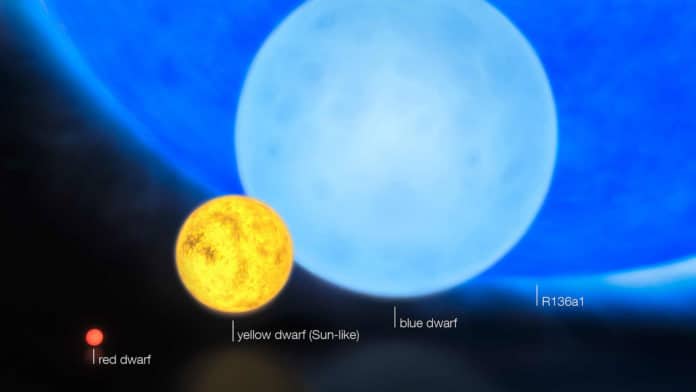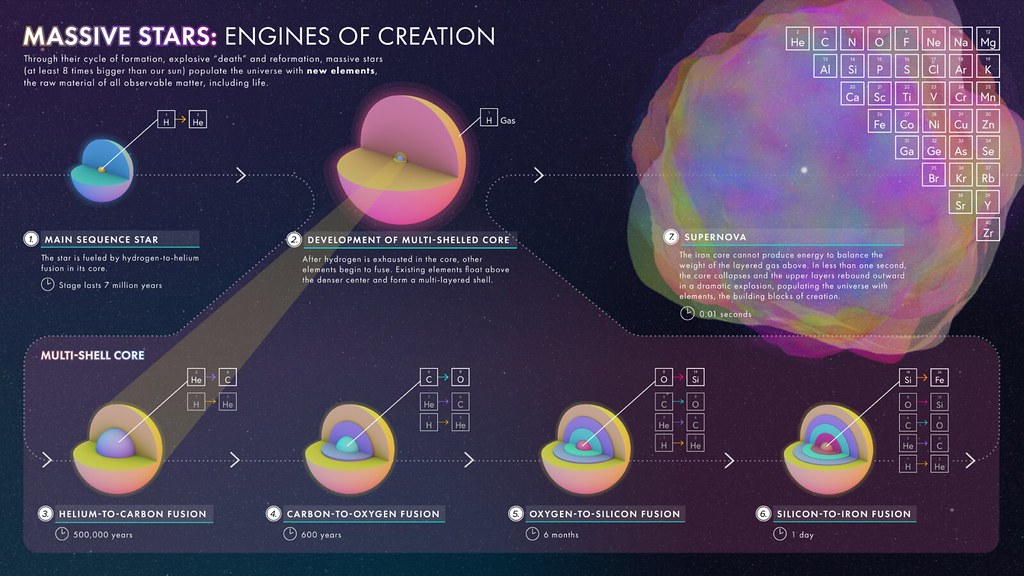Massive stars contribute the most to the evolution of star clusters and galaxies. They are the precursors of many vivid and energetic phenomena in the universe.
Studying such massive stars requires detailed stellar evolution codes: computer programs that calculate both the interior structure and these stars’ evolution. Sadly, detailed codes are computationally costly and tedious—it can take a few hours to compute the evolution of only a single star. Therefore, it’s unreasonable to use these codes to model stars in complex systems, such as globular star clusters, which can contain millions of interacting stars.
To sort out this problem, a team of scientists led by the ARC Center of Excellence for Gravitational Wave Discovery (OzGrav) developed a stellar evolution code called METhod of Interpolation for Single Star Evolution (METISSE).
Interpolation is a method for estimating a quantity based on nearby values, such as evaluating a star’s size based on stars with similar masses. Via interpolation, METISSE quickly calculates a star’s properties at any instant by using selected stellar models computed with detailed stellar evolution codes.
Exceptionally quick, METISSE can evolve 10,000 stars within just three minutes. Above all, it can use sets of stellar models to foresee stars’ properties—this is extremely important for massive stars. Massive stars are rare, and their mind-boggling and short lives make it hard to figure their properties.
Consequently, detailed stellar evolution codes often have to make assumptions while computing the evolution of these stars. The differences in the beliefs used by different stellar evolution codes can significantly impact their predictions about the lives and the properties of the massive stars.
In this study, scientists used METISSE with two sets of state-of-the-art stellar models: one computed by the Modules for Experiments in Stellar Astrophysics (MESA), and the other by the Bonn Evolutionary Code (BEC).
Poojan Agrawal, OzGrav researcher, and the study’s lead author explained: “We interpolated stars that were between nine and 100 times the mass of the sun and compared the predictions for the final fates of these stars. For most massive stars in our set, we found that the masses of the stellar remnants (neutron stars or black holes) can vary by up to 20 times the sun’s mass.”
“This study’s results will have a huge impact on future predictions in gravitational-wave astronomy.”
“METISSE is just the first step in uncovering the part massive stars play in stellar systems such as star clusters, and already, the results are fascinating.”
Journal Reference:
- Poojan Agrawal et al. The fates of massive stars: exploring uncertainties in stellar evolution with metisse, Monthly Notices of the Royal Astronomical Society (2020). DOI: 10.1093/mnras/staa2264

